Home>Home Maintenance>What Do They Look At In A Home Inspection
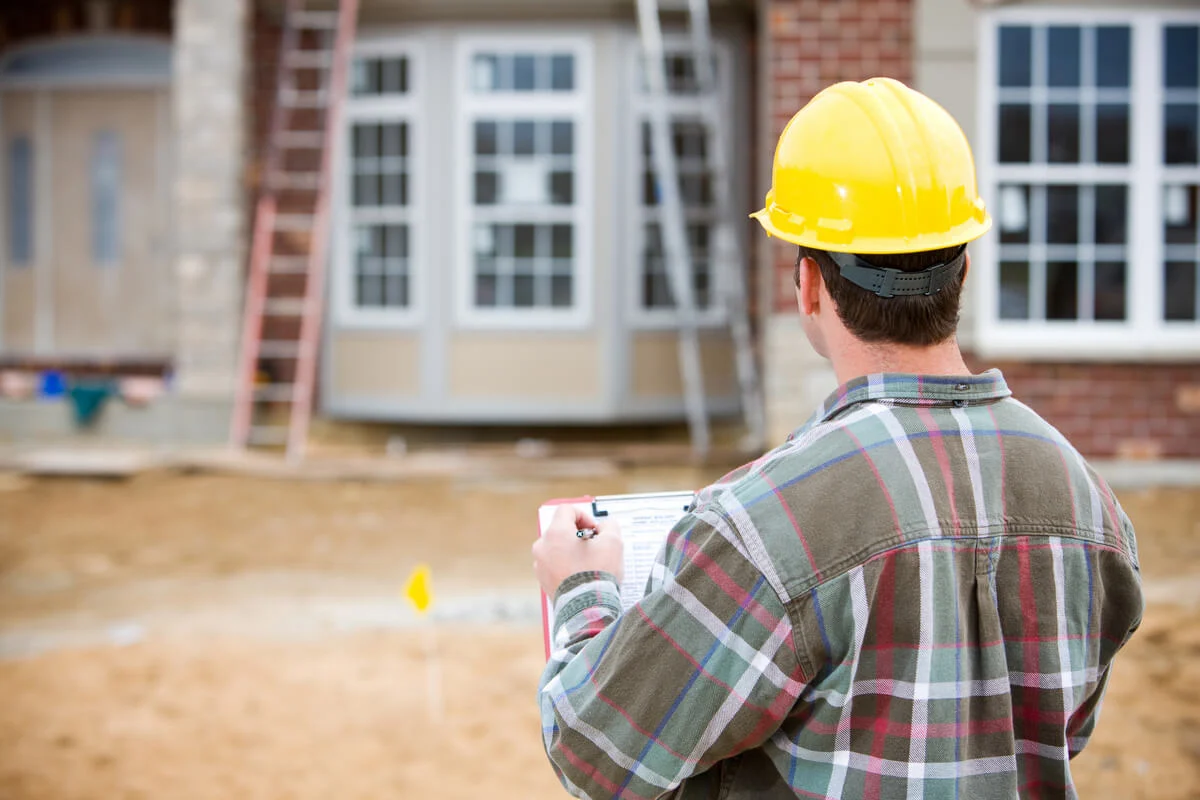

Home Maintenance
What Do They Look At In A Home Inspection
Modified: March 6, 2024
Looking for a home inspection? Discover what experts look for in a thorough examination. Ensure your home maintenance is on point with this guide.
(Many of the links in this article redirect to a specific reviewed product. Your purchase of these products through affiliate links helps to generate commission for Storables.com, at no extra cost. Learn more)
Introduction
When it comes to maintaining your home, one of the most important aspects is ensuring its structural integrity and safety. A home inspection is a comprehensive evaluation of a property’s condition, conducted by a professional inspector. It covers various aspects of the house, from the roof to the foundation, to identify any potential issues or areas in need of repairs or maintenance.
Home inspections are typically conducted when buying or selling a house, but they can also be beneficial for homeowners who want to ensure their property remains in optimal condition. This article will provide an overview of what home inspectors look for during an inspection, the importance of a thorough assessment, and how to prepare for a home inspection.
A home inspection is not just a formality; it is a crucial step in the home buying process. It helps buyers make informed decisions, negotiate repairs or price adjustments, and avoid purchasing a property with hidden defects or maintenance issues. For sellers, a pre-listing inspection allows them to address any potential problems before putting their home on the market, increasing its appeal and potentially avoiding surprises during the negotiation process.
During a home inspection, the inspector will assess both the interior and exterior of the property. This includes the structure, foundation, roof, electrical systems, plumbing, heating and cooling systems, as well as other components such as appliances, safety features, and overall safety and security measures.
By thoroughly inspecting these areas, a home inspector can provide a comprehensive report detailing the condition of the property and flag any areas of concern. This report will help buyers make informed decisions about the purchase and provide sellers with an opportunity to address any issues before listing their home.
Next, we will explore how to prepare for a home inspection to ensure that the process goes smoothly and that all areas of the property can be adequately assessed.
Key Takeaways:
- A home inspection is like a check-up for your house, helping you find any hidden problems and make informed decisions when buying or selling. It’s important for keeping your home safe and in good condition.
- To prepare for a home inspection, clean and declutter your home, provide access to all areas, fix any safety hazards, gather documentation, and make necessary repairs. This will help ensure a thorough assessment of your property.
Importance of a Home Inspection
A home inspection is a crucial step in the home buying or selling process, as it provides valuable information about the condition of the property. Here are some key reasons why a home inspection is important:
- Identify potential issues: A home inspection can help uncover any hidden or potential problems with the property. From structural issues to electrical or plumbing problems, a thorough inspection can reveal issues that may not be apparent to the untrained eye. Identifying these issues early on can save buyers or sellers from costly repairs or negotiations.
- Assess the overall condition: A home inspection provides an overall assessment of the property’s condition. It evaluates the quality of construction, materials used, and the general state of the property. This information is invaluable for buyers as it helps them make informed decisions about the purchase and helps sellers understand the value of their property.
- Evaluate safety concerns: The safety of a home is of utmost importance. A home inspection checks for potential safety hazards like faulty electrical wiring, structural weaknesses, and inadequate safety features. This ensures that buyers can make an informed decision about the safety of the property or gives sellers an opportunity to rectify any safety issues before selling.
- Budgeting for repairs or renovations: The detailed report provided by a home inspector allows buyers or sellers to estimate the cost of necessary repairs or renovations. This helps buyers budget for potential expenses after purchasing the home and assists sellers in pricing their property accordingly. It also provides an opportunity for negotiations between buyers and sellers based on the identified issues.
- Peace of mind: Knowing the condition of a property can provide peace of mind for both buyers and sellers. Buyers can be confident in their purchase decision, knowing that they are aware of any potential issues or defects before finalizing the transaction. Likewise, sellers can rest assured knowing that their property has undergone a professional inspection and is ready to be listed with confidence.
Overall, a home inspection is an essential step in the real estate process. It provides valuable information about the property’s condition, helps buyers and sellers make informed decisions, and ensures the safety and satisfaction of all parties involved.
Now that we understand the importance of a home inspection, let’s explore how to prepare for one to ensure a thorough assessment of the property.
Preparing for a Home Inspection
Preparing your home for an upcoming inspection is essential to ensure a thorough assessment and to maximize the value of the inspection process. Here are some steps you can take to prepare your property:
- Clean and declutter: Start by thoroughly cleaning your home, both inside and out. This will give the inspector clear access and visibility to various areas. Remove any clutter, organize personal belongings, and ensure that all rooms are easily accessible.
- Provide access: Make sure that all areas of your home are accessible to the inspector. This includes clearing any obstructions around electrical panels, water heaters, HVAC systems, and crawl spaces. Unlock gates, remove any large objects blocking access points, and ensure that all keys are available for inspections of outbuildings, garages, or storage areas.
- Clear any potential safety hazards: Take the time to identify and rectify any potential safety hazards within your home. Replace burnt-out light bulbs, fix loose handrails, secure loose or frayed wiring, and repair any tripping hazards. This will not only improve the safety of your home but also demonstrate to the inspector that you take maintenance and safety seriously.
- Gather documentation: Compile all the necessary documentation related to your home. This can include maintenance records, warranties, and any permits or certificates for previous repairs or renovations. Having this documentation readily available can help answer any questions the inspector may have and provide evidence of past maintenance or improvements.
- Provide utility access: Ensure that all utilities in the home are turned on and accessible for the inspection. This includes electricity, gas, water, and any other relevant utilities. The inspector will need to test various systems and appliances to assess their functionality, so having the utilities turned on is crucial.
- Make necessary repairs: If there are any known issues or areas in need of repair, address them beforehand. Fix leaky faucets, repair cracked windows, replace broken tiles, and address any other visible issues. While minor repairs may not directly affect the value of your home, taking care of them shows that you are proactive in maintaining your property.
- Be present or provide instructions: While it is not mandatory for homeowners to be present during the inspection, it is helpful to provide the inspector with any instructions regarding the property. Share any specific concerns or recent maintenance activities that may affect the inspection. Your insights can help the inspector better understand your home.
By following these preparation steps, you can ensure that the home inspection process goes smoothly, allowing the inspector to assess your property thoroughly and provide an accurate report on its condition.
Now that we have discussed how to prepare for a home inspection, let’s delve into the specific areas that a home inspector will evaluate during the inspection process.
Exterior Inspection
The exterior of a home plays a crucial role in protecting the structure and maintaining its overall condition. During a home inspection, the inspector will thoroughly assess the exterior elements of the property. Here are some key areas that will be examined:
- Siding: The inspector will examine the siding material, such as vinyl, wood, or brick, for any signs of damage, rot, or deterioration. They will also check for proper installation and ensure that the siding is well-maintained.
- Roof: The roof will be thoroughly inspected for any signs of damage, missing or broken shingles, leaks, or other issues. The inspector will assess the overall condition of the roof, including the flashing, gutters, and downspouts.
- Windows and Doors: The windows and doors will be examined for proper installation, functionality, and any signs of damage or decay. The inspector will check for drafts, water infiltration, and ensure that the seals are intact.
- Foundation: The foundation of the home is critical to its stability. The inspector will assess the foundation’s condition, looking for cracks, settling, or any signs of structural issues. They will also check for proper drainage and grading around the foundation.
- Exterior Plumbing: The inspector will examine the exterior plumbing systems, including faucets, hoses, and irrigation systems. They will ensure that everything is functioning properly and check for any leaks or signs of damage.
- Walkways and Driveways: The inspector will evaluate the condition of walkways, driveways, and other exterior surfaces. They will look for cracks, unevenness, or tripping hazards that could impact safety or accessibility.
- Decks and Porches: If applicable, the inspector will assess the condition and structural integrity of any decks, porches, or balconies. They will check for rot, loose boards, proper railings, and overall safety.
- Exterior Lighting: The inspector will examine the exterior lighting fixtures to ensure they are in good working order. They will check for adequate lighting and proper installation.
During the exterior inspection, the inspector will also assess the overall curb appeal of the property. While this does not directly impact the home’s functionality, it can affect its market value and desirability.
It’s important to note that a home inspection is a visual assessment, and while the inspector will do their best to identify any potential issues, they may recommend further evaluation by a specialist in certain cases.
Now that we have explored the exterior inspection, let’s move on to the next important area of evaluation: the roofing system.
Roofing Inspection
The roof is one of the most critical components of a home, protecting it from the elements and ensuring the integrity of the structure. During a home inspection, the roofing system undergoes a comprehensive evaluation. Here are the key elements that a home inspector will assess during a roofing inspection:
- Roof Material: The inspector will identify the type of roofing material used, such as asphalt shingles, metal, tile, or wood shakes. They will check the condition of the material, looking for signs of wear, damage, or deterioration.
- Roof Surface: The surface of the roof will be examined for any signs of sagging, unevenness, or dips. These issues can signal structural problems and should be addressed promptly.
- Flashing and Seals: The flashing, which seals the areas where the roof meets walls or chimneys, will be inspected for signs of damage or separation. The inspector will also check the integrity of seals around vents, pipes, and other openings to ensure they are watertight.
- Gutters and Downspouts: The inspector will assess the condition, installation, and functionality of gutters and downspouts. They will check for clogs, proper drainage, and any signs of damage or deterioration.
- Roof Ventilation: Proper ventilation is essential for maintaining the longevity of the roof. The inspector will evaluate the ventilation systems, including ridge vents, soffit vents, and attic fans, to ensure they are functioning correctly and promoting adequate airflow.
- Soffits and Fascia: The soffits and fascia, located beneath the eaves and at the roof’s edge, will be inspected for any signs of rot, damage, or deterioration. These components support the roof’s structure and protect it from moisture.
- Insulation and Attic: The inspector will assess the insulation levels and ventilation in the attic space. Proper insulation helps maintain a comfortable indoor temperature and prevents energy loss. The inspector will also look for signs of moisture, mold, or pest infestation in the attic.
During the roofing inspection, the inspector may access the roof to get a closer look at specific areas or use binoculars to assess hard-to-reach portions. However, if it is not safe or practical to inspect the roof directly, the inspector will rely on visible signs of damage or wear, as well as the roof’s age and maintenance history, to assess its condition.
It’s important to remember that a home inspector is not a roofing contractor. If the inspector identifies any issues or concerns, they may recommend further evaluation by a qualified roofing professional for a more detailed assessment and possible repairs.
Now that we have covered the roofing inspection, let’s move on to the next significant area of focus: the electrical systems of a home.
Read more: What To Look For In A Home Inspection
Electrical Inspection
During a home inspection, one of the critical areas assessed is the electrical system. A thorough evaluation of the electrical components ensures the safety and functionality of the home. Here are the key aspects that a home inspector will examine during an electrical inspection:
- Electrical Panels: The inspector will assess the electrical panel or panels in your home. They will check for appropriate wiring, circuit breakers, and proper labeling. The inspector will verify that the electrical panel is up to code and has sufficient capacity for the electrical load of the house.
- Wiring: The wiring throughout the home will be inspected, including visible wiring in the basement, attic, and accessible areas. The inspector will check for any outdated or faulty wiring, such as aluminum wiring or knob-and-tube wiring. They will also ensure that the wiring is properly grounded.
- Outlets and Switches: The inspector will test outlets and switches to ensure they are functioning correctly and are properly grounded. They will check for any loose or damaged outlets, exposed wires, or malfunctioning switches.
- GFCI and AFCI Outlets: Ground Fault Circuit Interrupter (GFCI) and Arc Fault Circuit Interrupter (AFCI) outlets are essential for preventing electrical shocks and fires. The inspector will test these outlets to ensure they are installed in the required areas, such as near water sources, and are properly functioning.
- Light Fixtures and Ceiling Fans: The inspector will assess the installation and functionality of light fixtures and ceiling fans. They will check for any loose connections, secure mounting, and verify that all fixtures are working properly.
- Smoke and Carbon Monoxide Detectors: The inspector will check the placement and functionality of smoke and carbon monoxide detectors in the home. They will ensure that detectors are properly installed, have working batteries, and are in the required locations.
- Outdoor Electrical Systems: If applicable, the inspector will assess outdoor electrical systems, such as lighting, outlets, and wiring. They will verify that these systems are properly installed, in good condition, and meet safety standards.
A home inspector will evaluate the visible electrical components and their overall condition. However, it’s important to note that an inspector cannot inspect areas that are inaccessible, concealed behind walls, or not within their scope of expertise.
If any issues or concerns are identified during the electrical inspection, the inspector may recommend further evaluation by a licensed electrician to address any necessary repairs or upgrades.
Now that we have covered the electrical inspection, let’s move on to another essential aspect of a home inspection: the plumbing system.
Plumbing Inspection
During a home inspection, the plumbing system is a crucial area that is thoroughly evaluated. A well-functioning plumbing system is essential for the comfort and convenience of a home. Here are the key aspects that a home inspector will examine during a plumbing inspection:
- Water Supply: The inspector will assess the main water supply line to ensure it is in good condition and functioning properly. They will also check for any signs of leaks or damage.
- Pipes and Drains: The inspector will visually inspect both exposed and accessible pipes for signs of leaks, corrosion, or damage. They will also examine drains in sinks, bathtubs, and showers to ensure they are clear and functioning properly.
- Toilets: The inspector will evaluate the toilets in the home for proper flushing, leaks, and any signs of damage or deterioration. They will also check the condition of the wax seal and look for any signs of water damage around the base.
- Sinks, Faucets, and Fixtures: The inspector will test sinks, faucets, and other fixtures to ensure they are functioning correctly and have no leaks. They will also check for proper water pressure and drainage.
- Water Heaters: The inspector will assess the water heater’s condition, age, and capacity. They will check for any signs of leaks, rust, or damage and ensure that the temperature and pressure relief valve is functioning properly.
- Sump Pump: If the property has a sump pump, the inspector will evaluate its condition and ensure it is working correctly. They will verify that it is properly installed and that the discharge pipe is functioning as intended.
- Plumbing Ventilation: The inspector will check the plumbing ventilation system to ensure it is properly installed and functioning. Adequate ventilation prevents issues such as sewer odors and helps maintain proper drainage.
During the plumbing inspection, the inspector will look for any visible signs of leaks, water damage, or inadequate plumbing practices. They will also assess the overall functionality and performance of the plumbing system.
It’s important to note that a home inspector is not a licensed plumber. If any significant issues or concerns are identified during the plumbing inspection, they may recommend further evaluation or repairs by a qualified plumbing professional.
Now that we have covered the plumbing inspection, let’s move on to the inspection of the heating and cooling systems in a home.
Heating and Cooling Systems Inspection
The heating and cooling systems of a home play a vital role in providing comfort and maintaining an ideal indoor environment. During a home inspection, the inspector will assess these systems to ensure their functionality and efficiency. Here are the key aspects that will be examined during a heating and cooling system inspection:
- Furnace/Heating System: The inspector will evaluate the furnace or heating system to ensure it is in good working condition. They will inspect components such as the burners, heat exchangers, filters, and thermostat. The inspector will also check for any signs of damage, leaks, or improper installation.
- Air Conditioning System: If the property has an air conditioning system, the inspector will assess its performance. They will examine the condenser unit, evaporator coil, refrigerant lines, and air filters. The inspector will check for any signs of leaks, damage, or inadequate cooling capacity.
- Ductwork: The inspector will visually inspect the exposed portions of the ductwork for any signs of damage, improper insulation, or leaks. They will check for proper airflow and ensure that the ducts are appropriately connected and sealed.
- Thermostats: The thermostat(s) in the home will be tested to ensure they are working correctly and accurately controlling the heating and cooling systems. The inspector will assess the placement and condition of the thermostats to ensure they are functioning as intended.
- Insulation and Ventilation: The inspector will evaluate the insulation levels in the home, including the insulation surrounding heating and cooling ducts and pipes. They will also check for proper ventilation in the attic and other areas to prevent moisture buildup and maintain optimal airflow.
- Fireplace and Chimney: If the property has a fireplace, the inspector will visually inspect the fireplace, chimney, and chimney flue. They will check for proper installation, signs of damage or deterioration, and ensure that the chimney is clear of any blockages.
- Carbon Monoxide Detectors: The inspector will check for the presence and proper functioning of carbon monoxide detectors in appropriate areas of the home. These detectors are crucial for detecting the presence of this odorless and potentially deadly gas.
During the heating and cooling systems inspection, the inspector will assess the overall condition, functionality, and safety of these systems. They will look for any visible signs of damage, inadequate maintenance, or potential issues that could affect their performance.
It’s important to note that a home inspector is not an HVAC specialist. If any significant concerns or issues are identified during the heating and cooling systems inspection, the inspector may recommend further evaluation or repairs by a qualified HVAC professional.
Now that we have covered the inspection of the heating and cooling systems, let’s move on to the interior inspection of the home.
When preparing for a home inspection, make sure to pay attention to the condition of the roof, foundation, electrical system, plumbing, and HVAC system. These are key areas that inspectors will focus on to ensure the home is in good condition.
Interior Inspection
The interior of a home is where we spend much of our time, and it is essential to ensure its safety, functionality, and overall condition. During a home inspection, the interior elements are thoroughly assessed. Here are the key areas that a home inspector will examine during an interior inspection:
- Walls, Ceilings, and Floors: The inspector will assess the integrity and condition of the walls, ceilings, and floors throughout the home. They will look for any signs of cracks, water damage, unevenness, or structural issues.
- Doors and Windows: The inspector will examine the doors and windows to ensure proper installation, functionality, and proper sealing. They will check for any drafts, leaks, or signs of damage.
- Staircases and Railings: Staircases and railings will be inspected for stability, secure installation, and proper handrails. The inspector will look for any loose or damaged steps, hazards, or safety concerns.
- Fireplace and Chimney: If the property has a fireplace, the interior inspection will include an examination of the fireplace and chimney. The inspector will assess the condition, proper installation, and potential safety hazards.
- Lighting and Electrical Fixtures: The inspector will test lighting fixtures, outlets, and switches throughout the home to ensure they are functioning properly. They will check for any loose connections, faulty switches, or damaged fixtures.
- Plumbing Fixtures: Plumbing fixtures such as sinks, toilets, showers, and bathtubs will be inspected for proper functionality, leaks, and any signs of damage.
- Kitchen and Bathroom: In the kitchen and bathroom areas, the inspector will assess the condition of countertops, cabinets, appliances, and plumbing fixtures. They will check for any leaks, signs of water damage, or inadequate ventilation.
- Storage Areas: The inspector will evaluate storage areas such as closets, pantries, and cabinets to ensure they are in good condition and functioning properly. They will check for any signs of water damage, pests, or structural issues.
During the interior inspection, the home inspector will focus on identifying any visible issues that may affect the safety, functionality, or overall livability of the home. They will also check for compliance with building codes and typical industry standards.
It’s important to remember that a home inspection is a visual evaluation, and while the inspector will do their best to identify any potential issues, they may recommend further evaluation by specialized professionals in certain cases.
Now that we have covered the interior inspection, let’s move on to the evaluation of the home’s structure and foundation.
Structural Inspection
During a home inspection, one of the most critical aspects assessed is the structure of the property. An evaluation of the structure ensures that it is sound and stable, providing a safe living environment. Here are the key elements that a home inspector will examine during a structural inspection:
- Foundation: The foundation is the base on which the entire structure rests. The inspector will assess the foundation for any signs of cracks, settling, or other structural issues. They will check for proper drainage around the foundation and ensure the foundation walls are intact and in good condition.
- Load-Bearing Walls: Load-bearing walls support the weight of the structure and are crucial for its stability. The inspector will assess these walls for any signs of damage, settling, or structural alterations that could compromise their integrity.
- Beams and Columns: The inspector will examine beams and columns to ensure they are properly installed, in good condition, and free from any signs of damage or deterioration. These elements play a vital role in supporting the structure.
- Framing: The framing of the home provides the structural skeleton. The inspector will assess the framing members, including floor joists, roof trusses, and wall studs, for any signs of damage, improper installation, or structural concerns.
- Roof and Ceiling Structure: The inspector will evaluate the roof and ceiling structure to ensure it is properly framed, supported, and free from any signs of sagging or structural compromise. They will check for proper bracing and connections.
- Basement and Crawlspace: If applicable, the inspector will assess the basement or crawlspace areas for signs of moisture, water damage, pests, or structural issues. They will check for proper ventilation and insulation in these areas.
During the structural inspection, the inspector will look for any visible signs of structural compromise, such as cracks, improper alterations, or settling. They will also assess the overall stability and integrity of the structure.
While a home inspector can identify obvious structural issues, it’s important to note that specialized structural evaluations may be needed for more in-depth assessments. If any significant concerns or issues are identified during the structural inspection, the inspector may recommend further evaluation by a qualified structural engineer or contractor.
Now that we have covered the structural inspection, let’s move on to the evaluation of the home’s foundation.
Foundation Inspection
The foundation is a critical component of a home, providing stability and support to the entire structure. During a home inspection, the foundation undergoes a thorough evaluation to identify any issues or potential problems. Here are the key elements that a home inspector will examine during a foundation inspection:
- Visible Cracks: The inspector will look for any visible cracks on the foundation walls or floors. They will assess the size, shape, and location of the cracks to determine their severity. Cracks that are wider or show signs of displacement may be a cause for concern.
- Settling and Unevenness: The inspector will check for any signs of settling or unevenness in the foundation. This can be identified by sloping floors, doors or windows that do not close properly, or visible gaps between the foundation and walls.
- Water Intrusion: The inspector will assess the foundation for any signs of water intrusion or moisture problems. This includes checking for dampness, stains, or efflorescence on the foundation walls or floors, which can indicate water seepage or inadequate waterproofing.
- Crawlspaces and Basements: If accessible, the inspector will inspect crawlspaces and basements for any signs of moisture, mold, pests, or structural issues. They will check for adequate ventilation and insulation in these areas.
- Cracks in Exterior Walls or Brickwork: The inspector will examine the exterior walls and brickwork for any signs of cracks or deteriorations. These can be indicators of foundation movement or structural concerns.
- Drainage and Grading: Proper drainage and grading around the foundation are essential to prevent water from pooling and causing damage. The inspector will assess the slope of the land and look for proper downspout extensions, gutters, and grading away from the foundation.
During the foundation inspection, the home inspector will evaluate the visible signs of foundation issues. It’s important to note that while the inspector can identify common visible concerns, a comprehensive evaluation by a qualified structural engineer may be necessary for a more detailed assessment.
If any significant concerns or issues are identified during the foundation inspection, the inspector may recommend further evaluation or repairs by a qualified foundation specialist or structural engineer.
Now that we have covered the foundation inspection, let’s move on to the evaluation of safety and security measures in a home.
Safety and Security Inspection
Ensuring the safety and security of a home is of utmost importance for homeowners and potential buyers. During a home inspection, the inspector will assess various safety and security measures in and around the property. Here are the key elements that will be examined during a safety and security inspection:
- Smoke and Carbon Monoxide Detectors: The inspector will check for the presence of smoke and carbon monoxide detectors in appropriate areas of the home. They will ensure that detectors are properly installed, have working batteries, and are in the required locations.
- Fire Safety Measures: The inspector will assess the presence and proper functioning of fire extinguishers, fire escape routes, and fire suppression systems in the home. They will also check for the presence of fire-resistant materials in critical areas.
- Electrical Safety: The inspector will examine the electrical system to ensure it is up to code and free from any safety hazards. They will check for proper grounding, GFCI outlets near water sources, and adequate electrical panel capacity.
- Handrails and Guardrails: Stairways, balconies, and other elevated areas will be inspected for the presence and stability of handrails and guardrails. The inspector will also assess the proper spacing and height requirements.
- Locks and Security Devices: The inspector will assess the quality and functionality of locks on doors and windows. They will check for the presence of security devices such as deadbolts, window locks, and security alarms.
- Exterior Lighting: Adequate exterior lighting helps enhance safety and deter potential intruders. The inspector will check the functionality and coverage of exterior lighting fixtures, including pathways, entrances, and other critical areas.
- Pool and Pool Safety: If there is a pool on the property, the inspector will evaluate the safety measures in place, such as pool fencing, self-closing gates, and pool cover functionality. They will ensure compliance with local regulations.
- Radon Detection: In areas prone to radon gas, the inspector may offer radon testing as an additional service. Radon is a colorless and odorless gas that can pose health risks, and its detection is crucial for the safety of occupants.
During the safety and security inspection, the home inspector will assess visible safety measures and highlight any potential concerns. It is important to note that while the inspector can identify common visible safety issues, the evaluation may not encompass all possible safety concerns.
If any significant safety or security concerns are identified during the inspection, the inspector may recommend further evaluation or improvements by a qualified professional in the respective field.
Now that we have covered the safety and security inspection, let’s move on to the evaluation of appliances in a home.
Appliance Inspection
During a home inspection, the functionality and condition of various appliances in the home are assessed. These appliances play a significant role in daily life and can have a considerable impact on the overall value and convenience of a property. Here are the key appliances that will be inspected during an appliance inspection:
- Kitchen Appliances: The inspector will evaluate the condition and functionality of kitchen appliances such as the stove/oven, refrigerator, microwave, dishwasher, and garbage disposal. They will test each appliance to ensure it is operating correctly and check for any signs of damage or wear.
- Laundry Appliances: The inspector will assess the condition and performance of laundry appliances, including the washing machine and dryer. They will check for proper operation, visible signs of damage, and ensure that the necessary connections are in place.
- Hot Water Heater: The inspector will evaluate the hot water heater for proper installation, functionality, and signs of leaks or damage. They will check for adequate hot water supply and ensure that safety features, such as the temperature and pressure relief valve, are in place and functioning properly.
- HVAC Systems: While heating and cooling systems are evaluated separately, the inspector may also assess the functionality of the HVAC system’s components such as the thermostat and air filters. They will ensure that the controls are working correctly and that the system is properly maintained.
- Garage Door Opener: If the property has a garage, the inspector will test the operation and safety features of the garage door opener. They will check for proper functionality, noise levels, and ensure that the auto-reverse mechanism is working as intended.
- Other Appliances: Depending on the property, there may be other appliances that are included in the inspection, such as a central vacuum system, trash compactor, or water softener. The inspector will assess these appliances for proper operation and overall condition.
During the appliance inspection, the home inspector will focus on visible signs of damage, wear, and functionality issues with the appliances. They will provide an assessment of the appliances’ current condition and may highlight any potential concerns.
It’s important to note that a home inspector is not an appliance repair specialist. If any significant appliance concerns or issues are identified during the inspection, the inspector may recommend further evaluation or repairs by a qualified appliance technician.
Now that we have covered the appliance inspection, let’s move on to the final step of a home inspection: the final report and next steps.
Final Report and Next Steps
After completing a thorough home inspection, the inspector will compile a detailed report summarizing their findings. This report serves as a valuable tool for both buyers and sellers, providing crucial information about the condition of the property. Here’s what you can expect in the final report and the next steps to take:
- Comprehensive Assessment: The final report will include a comprehensive assessment of the property, highlighting any issues or concerns identified during the inspection. It will cover areas such as the exterior, roofing, electrical, plumbing, heating and cooling systems, structural elements, and appliances.
- Clear Documentation: The report will document each area of the inspection, detailing the inspector’s observations, findings, and recommendations. It may include photographs, diagrams, and descriptions to provide clarity and support the assessment.
- Highlighted Concerns: The report will emphasize any significant concerns or safety issues that require immediate attention. This can help buyers prioritize necessary repairs or negotiate with sellers based on the identified issues.
- Recommendations: The inspector may provide recommendations for further evaluation or repairs by specialized professionals when needed. This might include suggestions for electrical, plumbing, or structural evaluations by qualified contractors or engineers.
- Client Consultation: Once you receive the final report, it’s advisable to consult with your real estate agent or discuss the findings with the appropriate parties involved in the real estate transaction. They can help you understand the significance of the identified issues and guide you on the next steps.
- Decision-Making: Based on the findings in the report, buyers can make informed decisions regarding the purchase of the property. They may choose to negotiate repairs, request monetary concessions, or decide to move forward with the transaction as is.
- Repairs and Maintenance: For sellers, the final report serves as a valuable tool for identifying necessary repairs or maintenance tasks. Addressing these issues before listing the property can improve its marketability and potentially avoid issues during the negotiation process.
- Follow-Up Inspections: In some cases, follow-up inspections may be recommended to ensure that repairs or corrective actions have been completed effectively. This can provide peace of mind and assurance that the identified issues have been adequately addressed.
Remember, the final report is meant to provide an objective assessment of the property’s condition at the time of the inspection. It is crucial to review the report thoroughly and consult with professionals as needed to make informed decisions.
Whether you are buying or selling a home, a comprehensive home inspection and a thorough review of the final report will empower you to make informed decisions and move forward with confidence.
Now that we have covered the final report and next steps, you are well-equipped to navigate the post-inspection process and ensure the overall safety and condition of the property.
If you have any further questions or require additional assistance, feel free to consult with your trusted real estate professionals or contact a qualified home inspection service.
Good luck with your home buying or selling journey!
Conclusion
A home inspection is a crucial step in the process of buying or selling a home. It provides valuable insight into the condition, safety, and functionality of a property. By thoroughly assessing various components such as the exterior, roofing, electrical systems, plumbing, heating and cooling systems, structure, appliances, and safety measures, a home inspector can provide a comprehensive report that helps buyers make informed decisions and assists sellers in addressing any necessary repairs or maintenance.
Throughout this article, we have explored the importance of a home inspection and the various areas that inspectors assess. We discussed the significance of preparing for an inspection to ensure a thorough assessment, and we delved into each aspect of the inspection process, from the exterior to the interior, structural elements, and appliances. We also highlighted the final report and the next steps following the inspection, emphasizing the need for careful consideration of the findings and consulting with professionals when necessary.
Remember, a home inspection is not just about uncovering potential issues or defects. It is an opportunity to gain valuable knowledge about a property and make informed decisions. Whether you are a buyer looking for peace of mind or a seller aiming to present your home in the best possible light, a home inspection provides valuable insight that can guide your choices and actions.
By understanding the importance of a comprehensive home inspection and actively participating in the process, you are in a better position to ensure the safety, functionality, and overall condition of your home. If you are buying or selling a home, consider hiring a reliable and reputable home inspector to help you navigate this crucial step.
We hope this article has provided valuable information and insights into the world of home inspections. Remember, your home is a significant investment, and a thorough inspection is an essential tool in protecting and maximizing its value.
Now, armed with this knowledge, go forth with confidence and make informed decisions about your home!
Frequently Asked Questions about What Do They Look At In A Home Inspection
Was this page helpful?
At Storables.com, we guarantee accurate and reliable information. Our content, validated by Expert Board Contributors, is crafted following stringent Editorial Policies. We're committed to providing you with well-researched, expert-backed insights for all your informational needs.

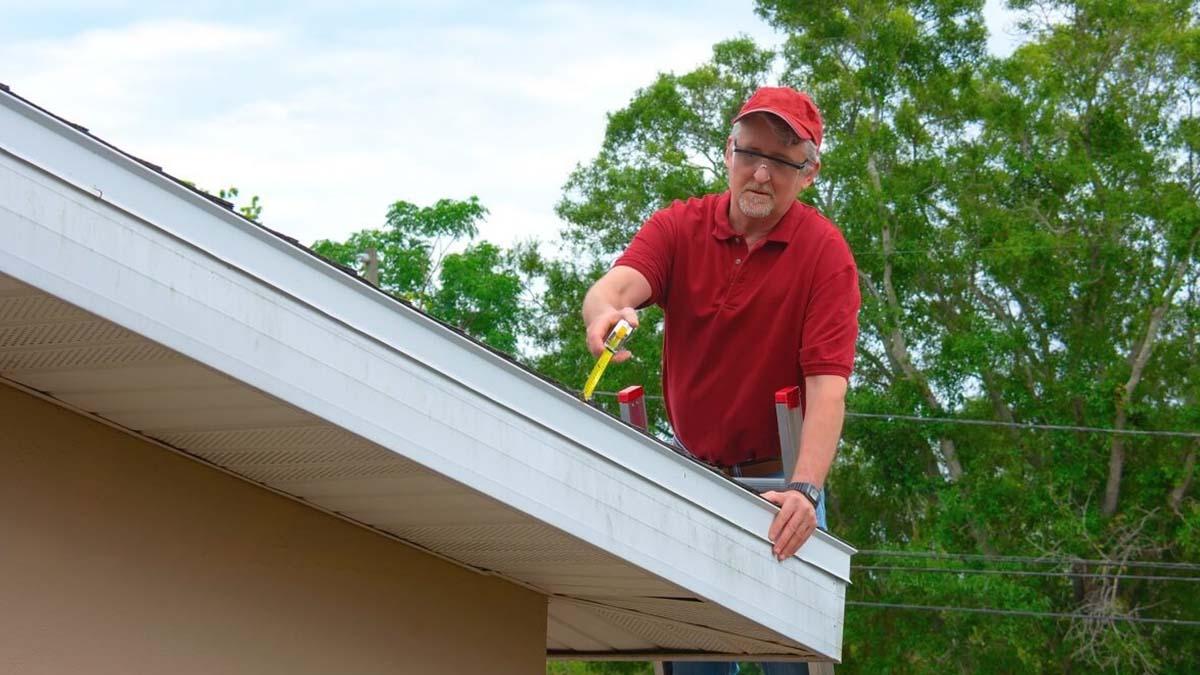

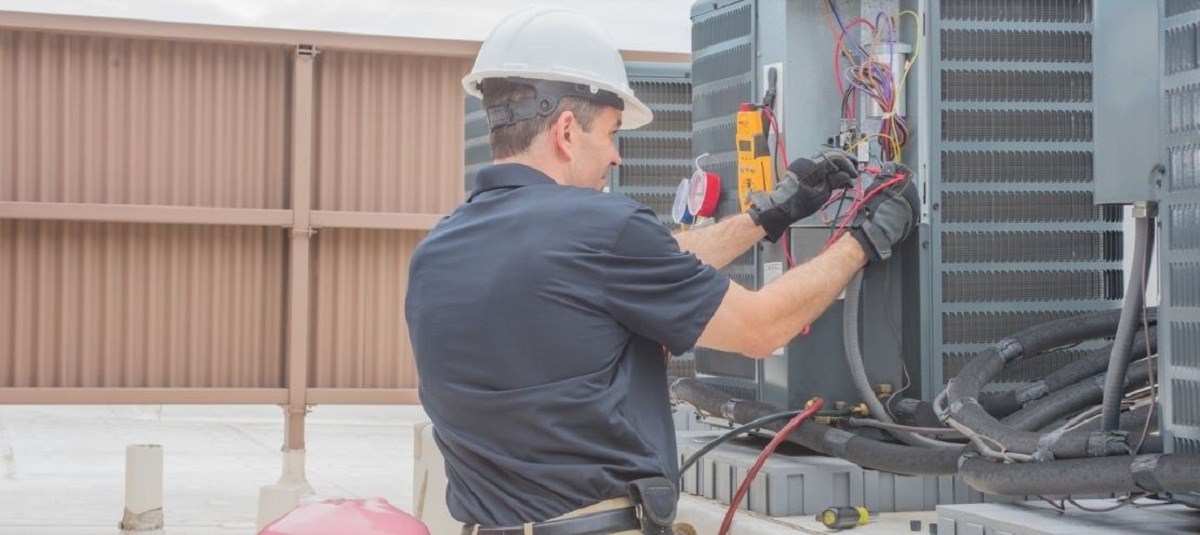
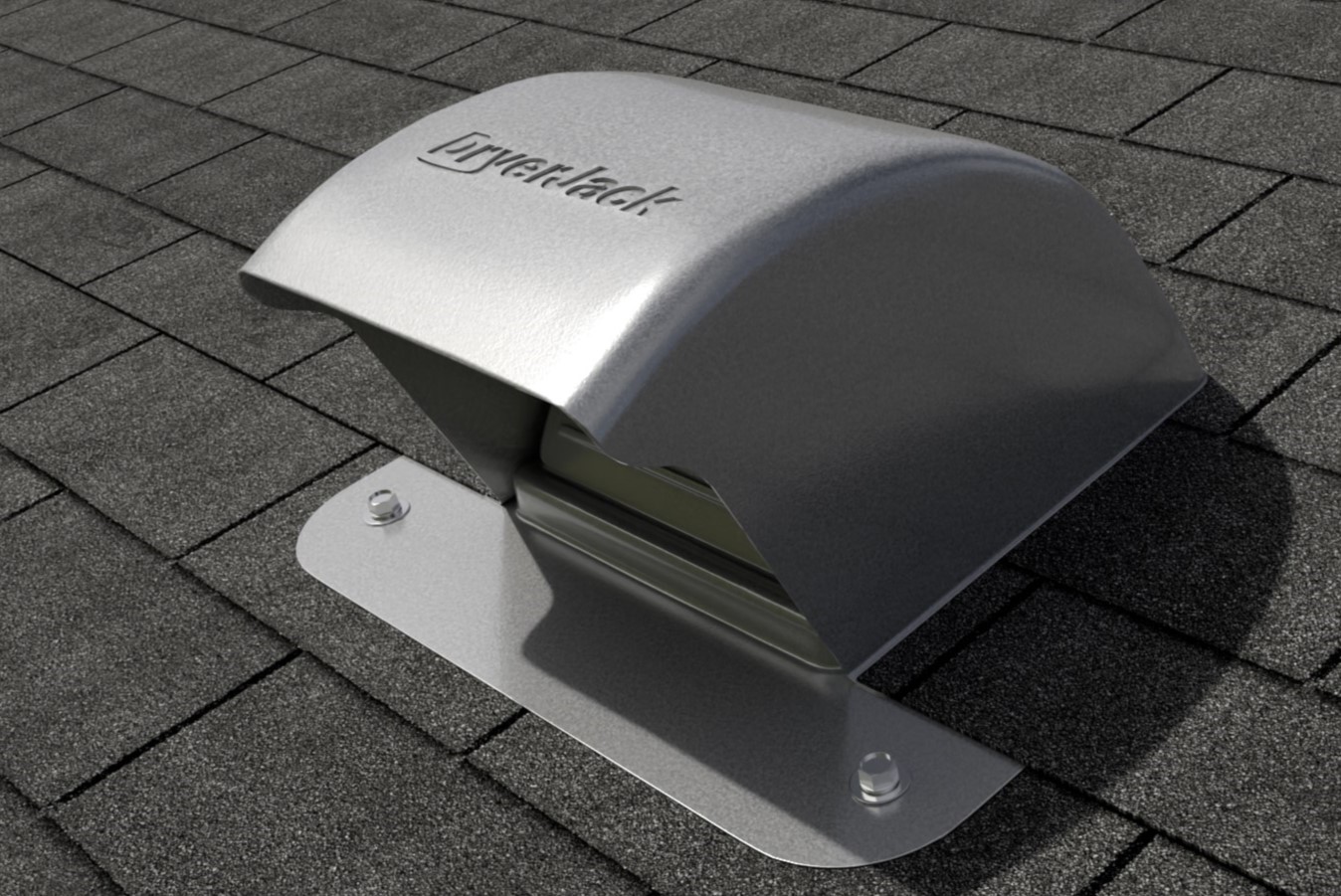
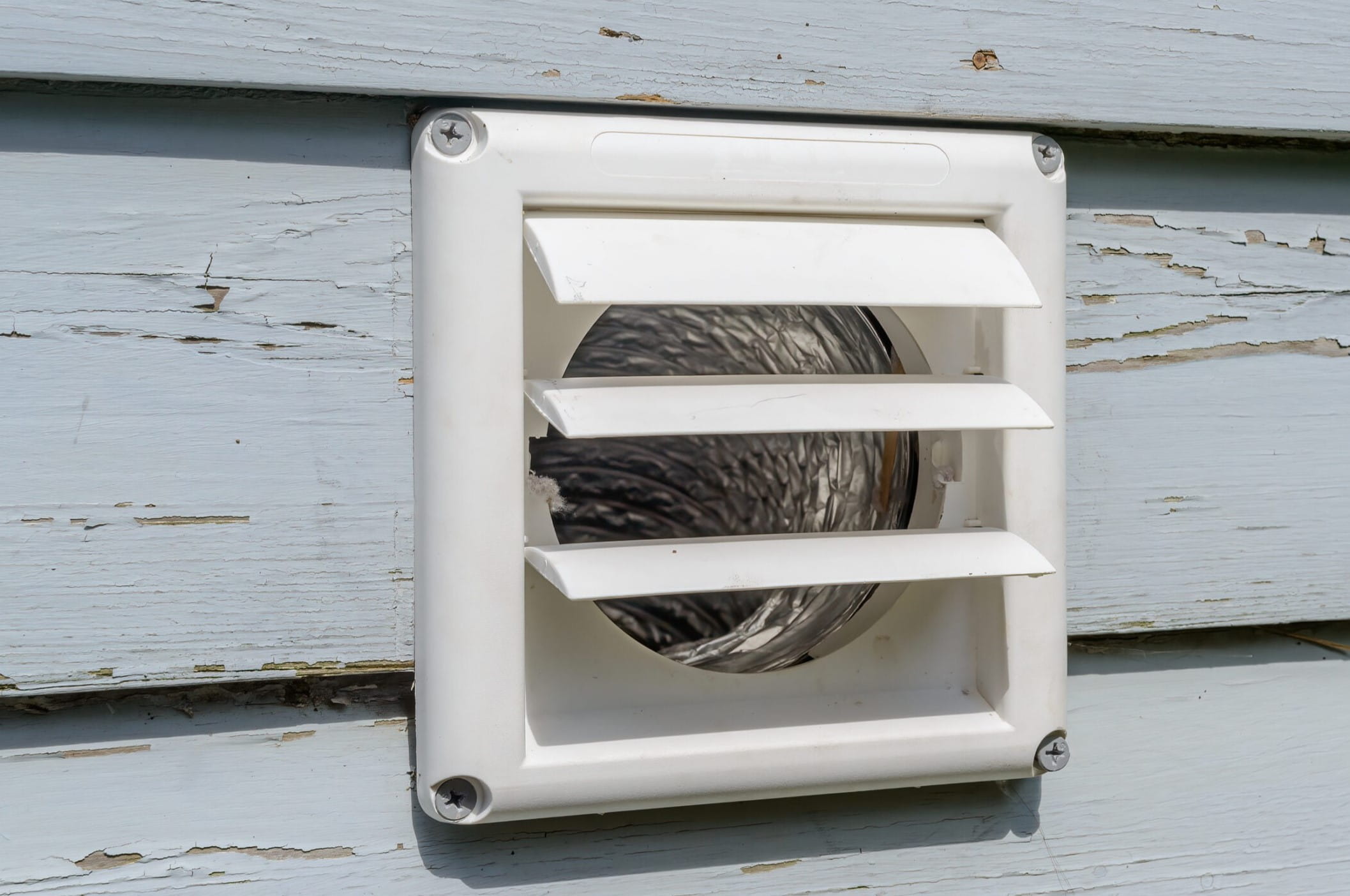

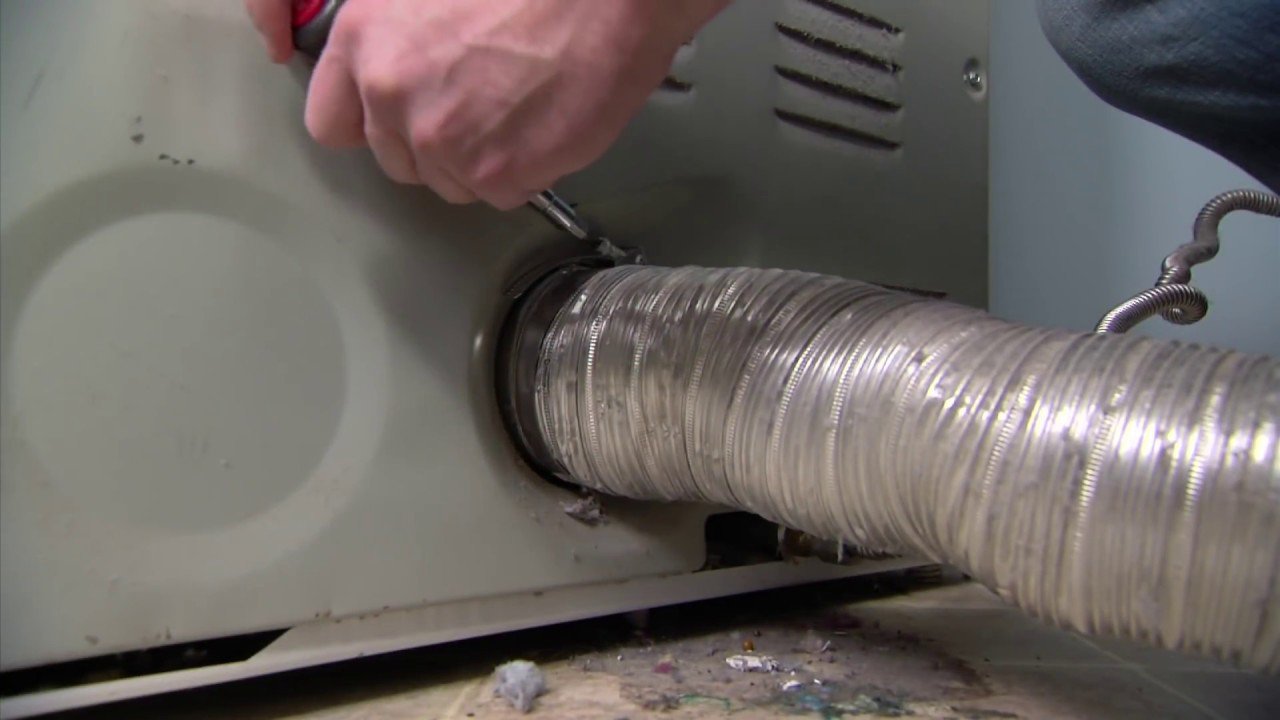
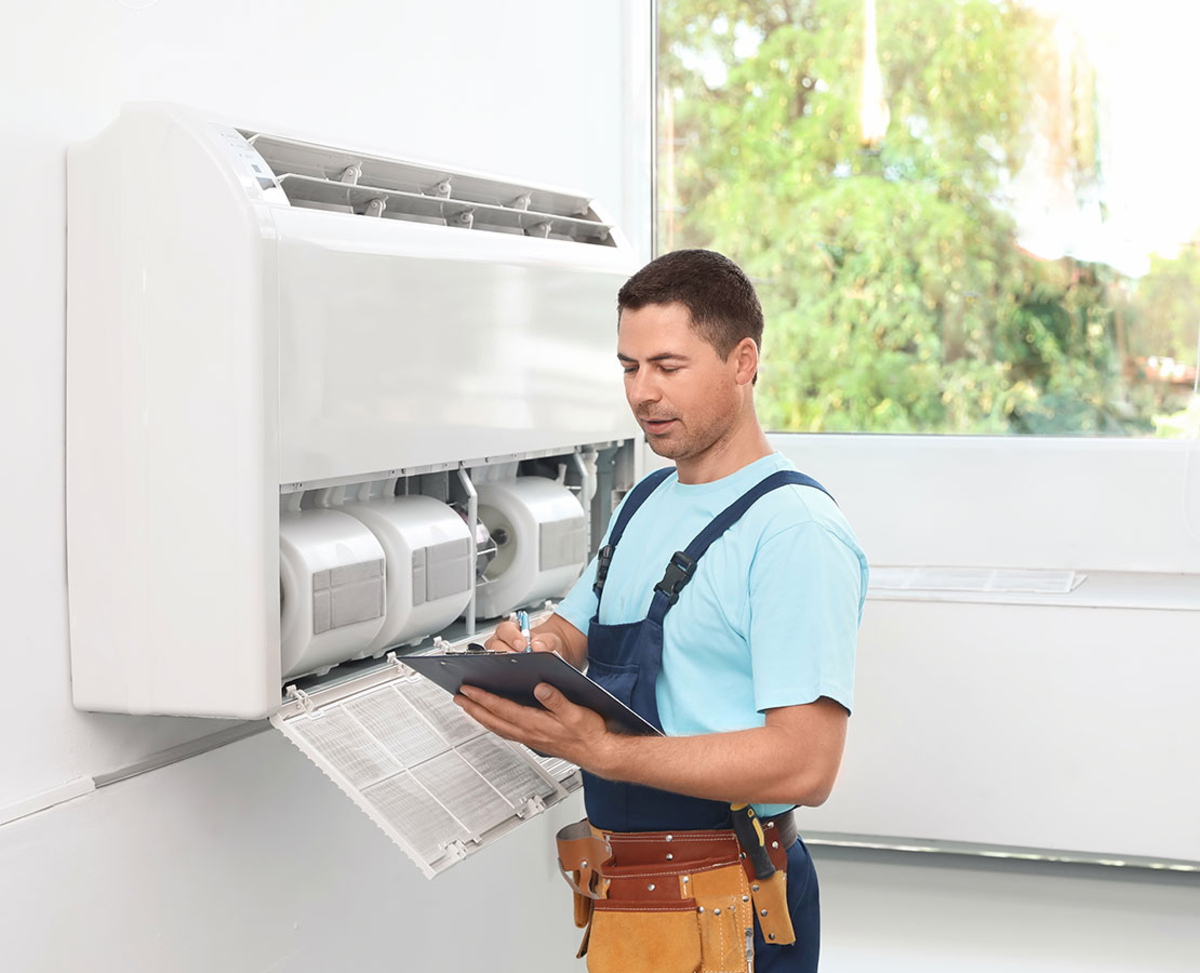

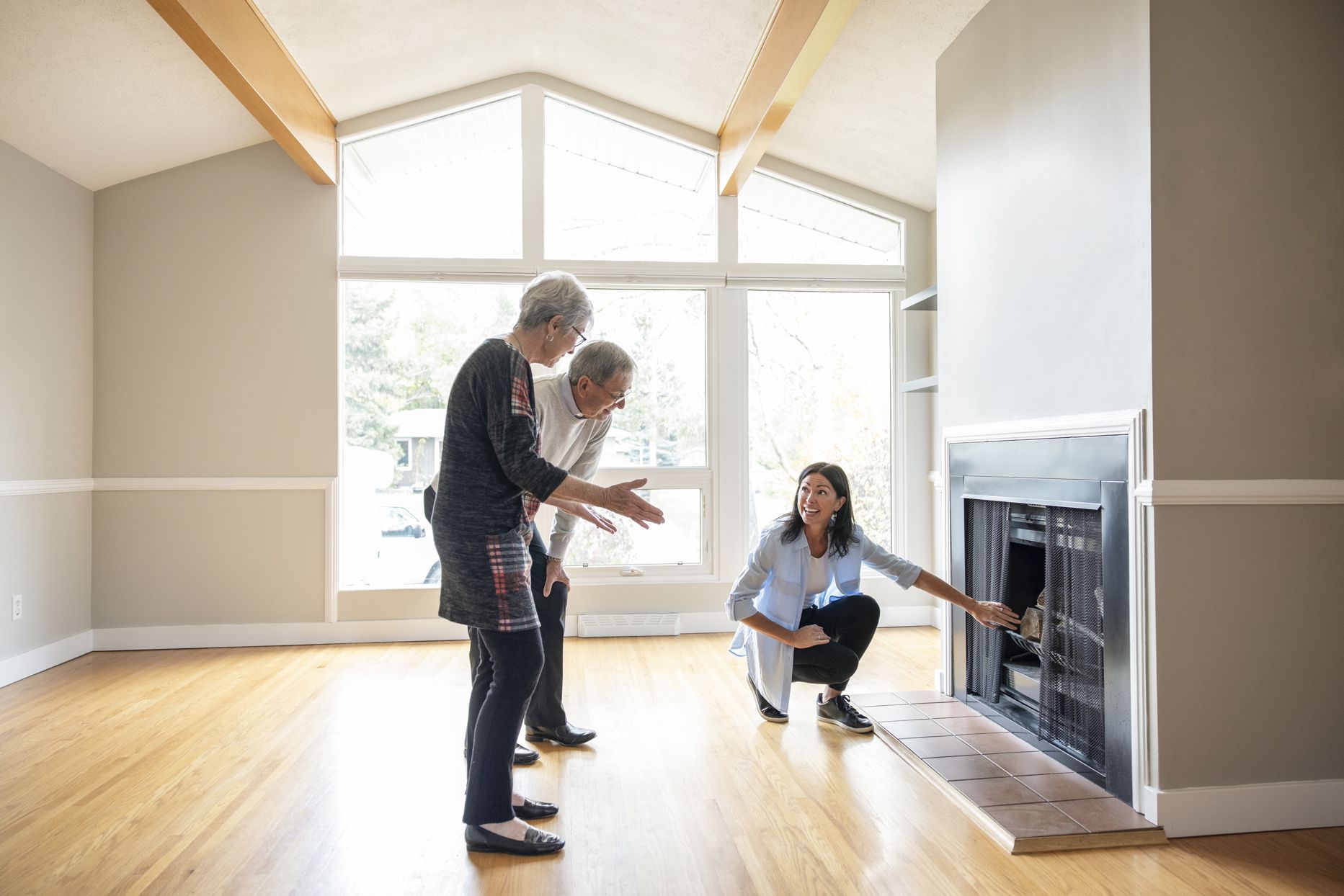
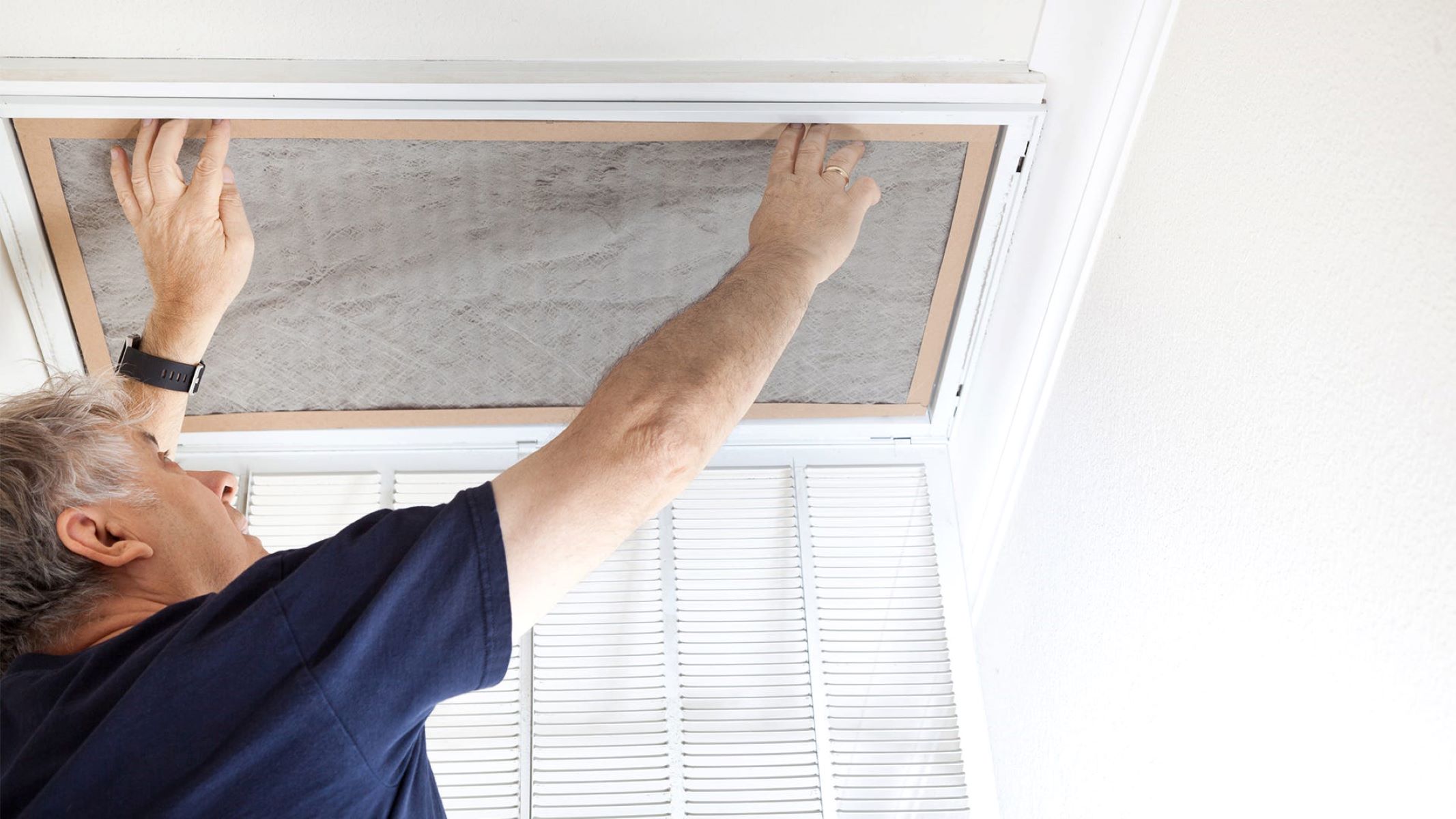

0 thoughts on “What Do They Look At In A Home Inspection”